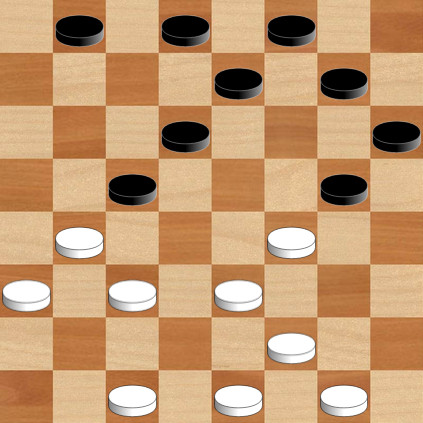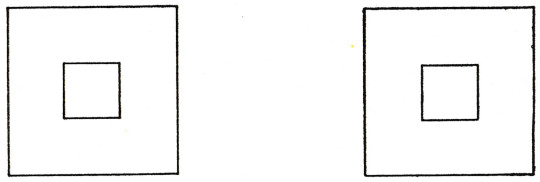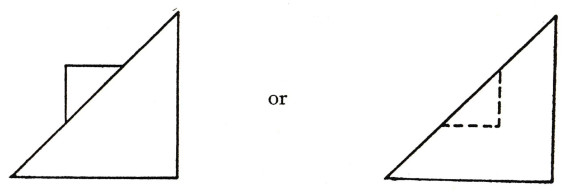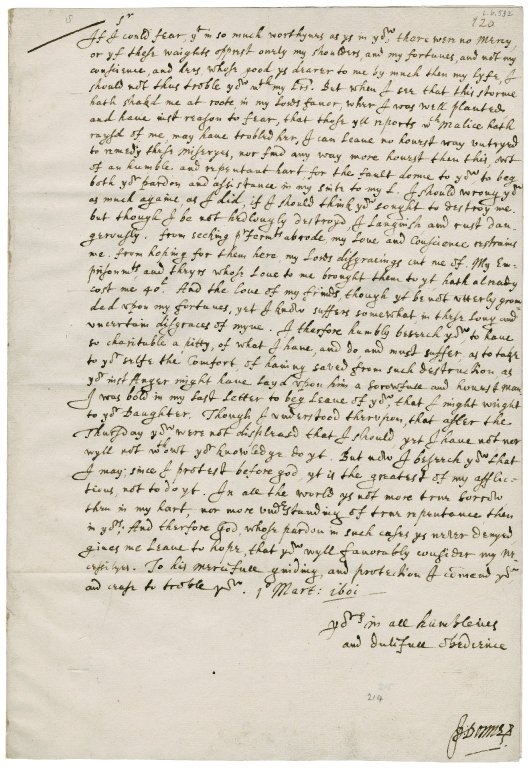
This position is from a 1990 game between Marion Tinsley, humanity’s last checkers champion, and Chinook, the computer program that would eventually take the crown. Tinsley had black. The computer played g1-h2, and Tinsley looked up in surprise and said, “You’re going to regret that.” Programmer Jonathan Schaeffer, who was making the moves for the computer, wrote:
Being inexperienced in the ways of the great Tinsley, I sat there silently thinking, ‘What do you know? My program is searching 20 moves deep and says it has an advantage.’ Several moves later, Chinook’s assessment dropped to equality. A few moves later, it said Tinsley was better. Later Chinook said it was in trouble. Finally, things became so bad we resigned.
“In his notes to the game, Tinsley revealed that he had seen to the end of the game and knew he was going to win on move 11, one move after our mistake,” Schaeffer noted. “Chinook needed to look ahead 60 moves to know that its 10th move was a loser. In my experience with tournament chess and checker players, the sixth sense is experience. It is well-known how intensely Tinsley studied the game, analyzing anything from a Grandmaster game to a game between novices. His uncanny ability to know good from bad and safe from dangerous, is the direct result of all his hard work. Strong chess players have the same ability, but perhaps it is not quite as evident as it was with Tinsley.”
(From Richard J. Nowakowski, Games of No Chance, 1998.)





